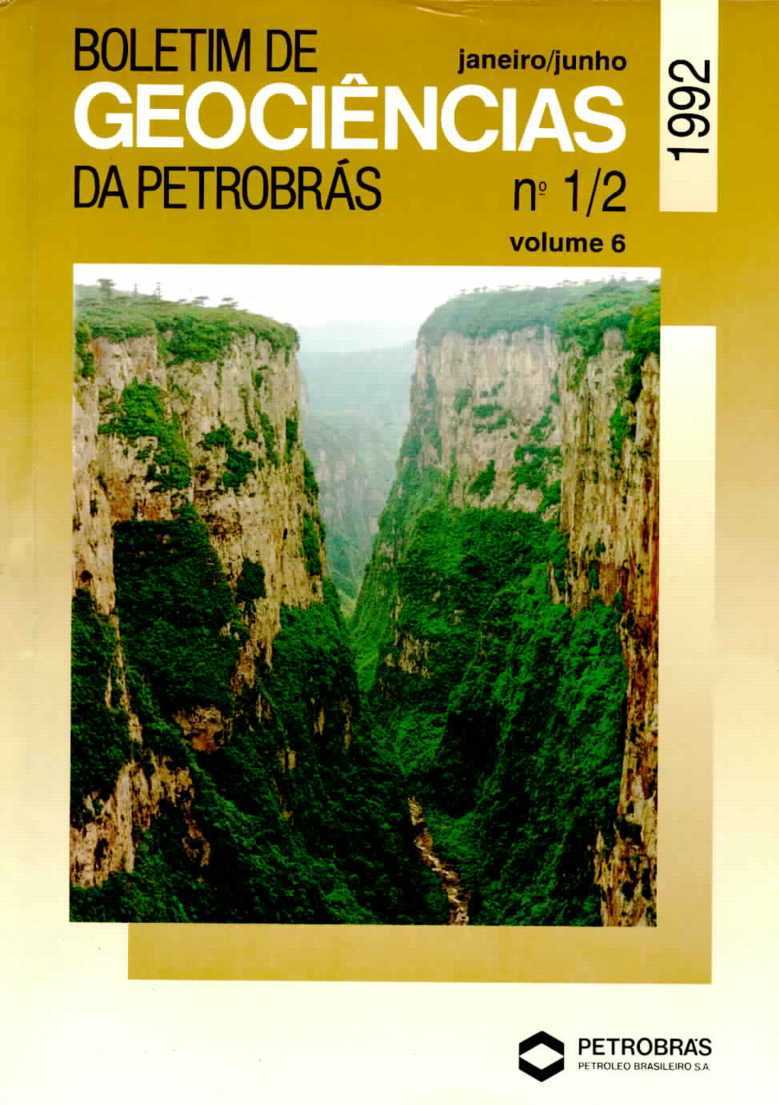Pampo log facies and mapping of the quality of the coquina reservoir of the Lagoa Feia Formation, Pampo Field
Abstract
Part of the oil produced in the Pampo field, lying in waters 110-120 meters deep, comes from Lagoa Feia Formation reservoirs, which are composed of coquinas (calcirudites and calcarenites) of pelecypods. Production commenced in 1983 from eight wells and by June 1991 had reached 2.45 x 106 m3 of 300 API oil. Reserves stood at 5.07 x 106 m3, while original volume was 30.1 x 106 m3. The coquinas have been divided into four log facies, referred to specific permeability intervals. It is assumed that these log facies represent flow units and therefore constitute reservoir facies, which serve for numerical simulation. They were initially mapped according to thickness, by production zone. The correlation of laboratory and formation-test permeability made it possible to establish equivalent permeability for each log facies. These data were used to calculate average permeability by well and production zone, which subsidized the final permeabílity mapping of these coquinas. Control of the distribution of these log facies and their microfacies by syndepositional structuring is considered the main determinant of reservoir quality, which is characterized in the log facies and permeability mapped in the scaling-up process employed.
Downloads
Published
Issue
Section
License
This license enables reusers to distribute, remix, adapt, and build upon the material in any medium or format, so long as attribution is given to the creator. The license allows for commercial use.



